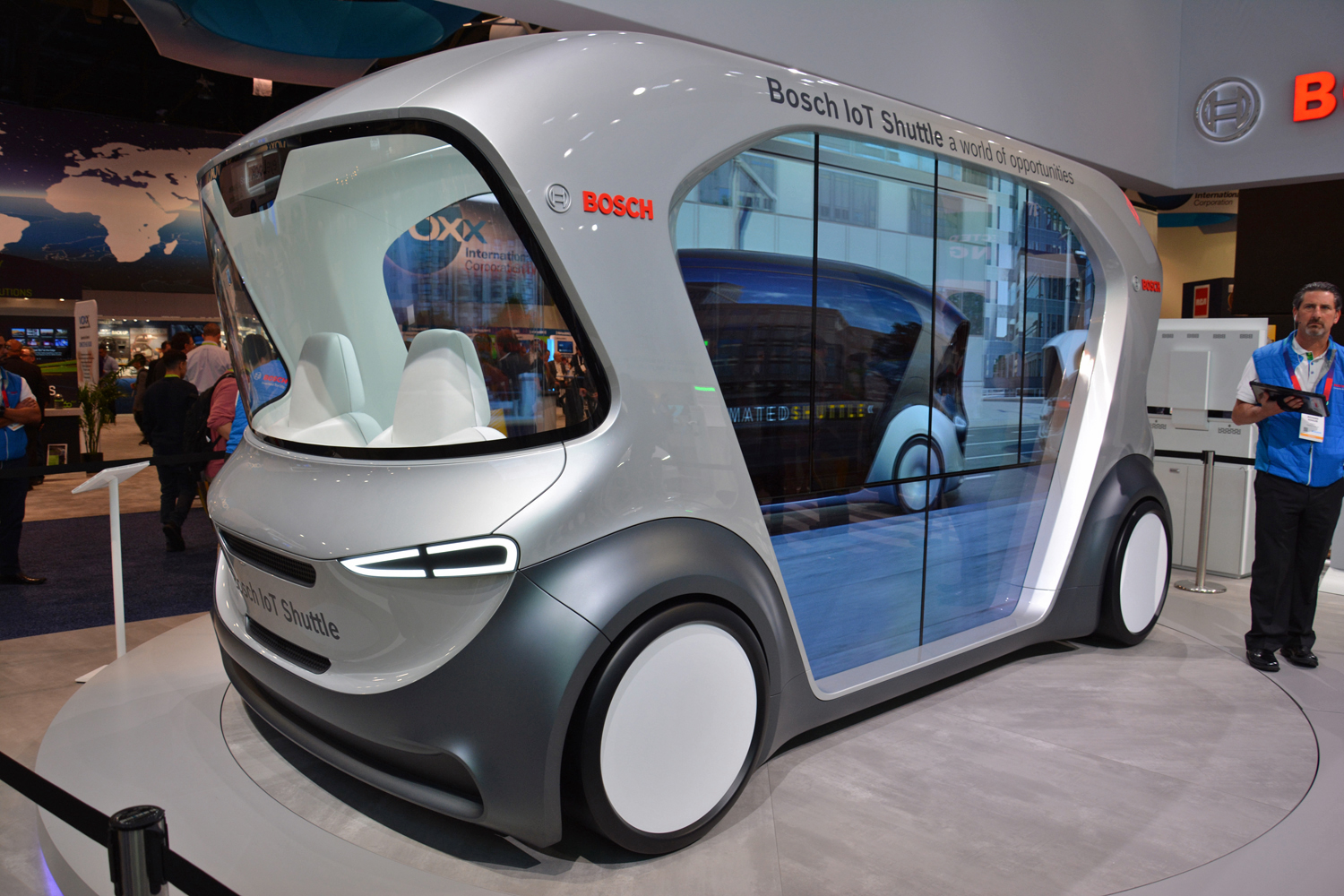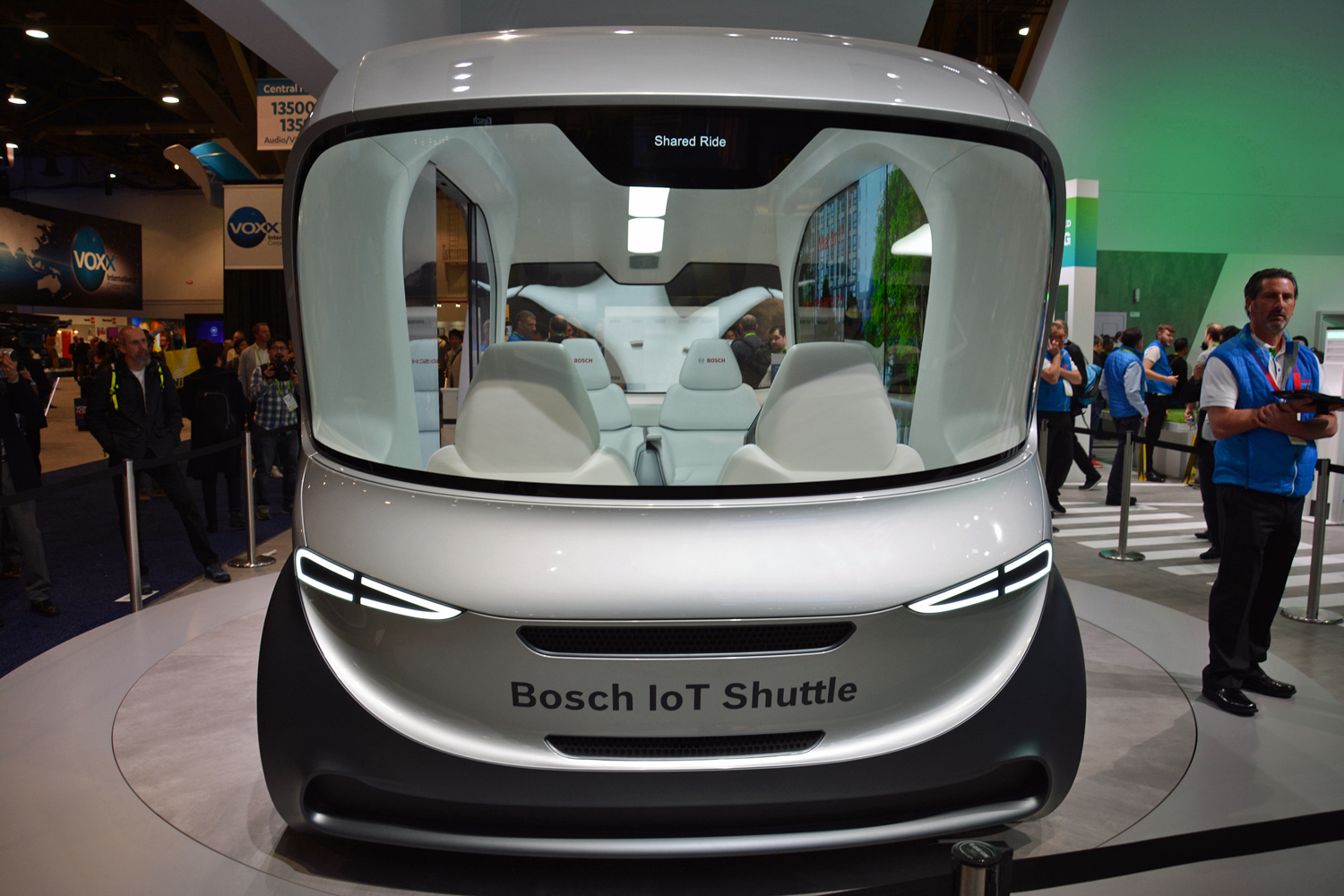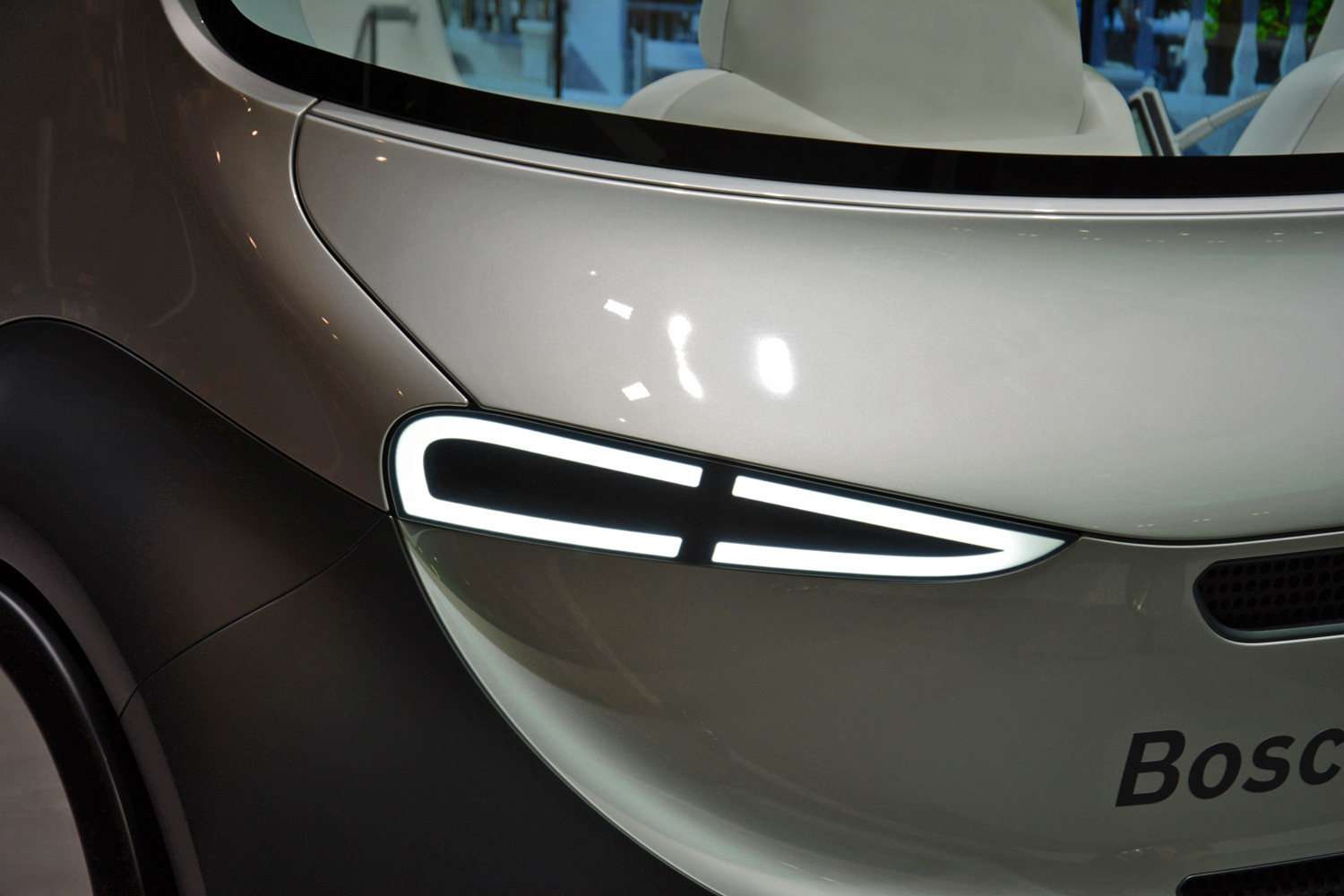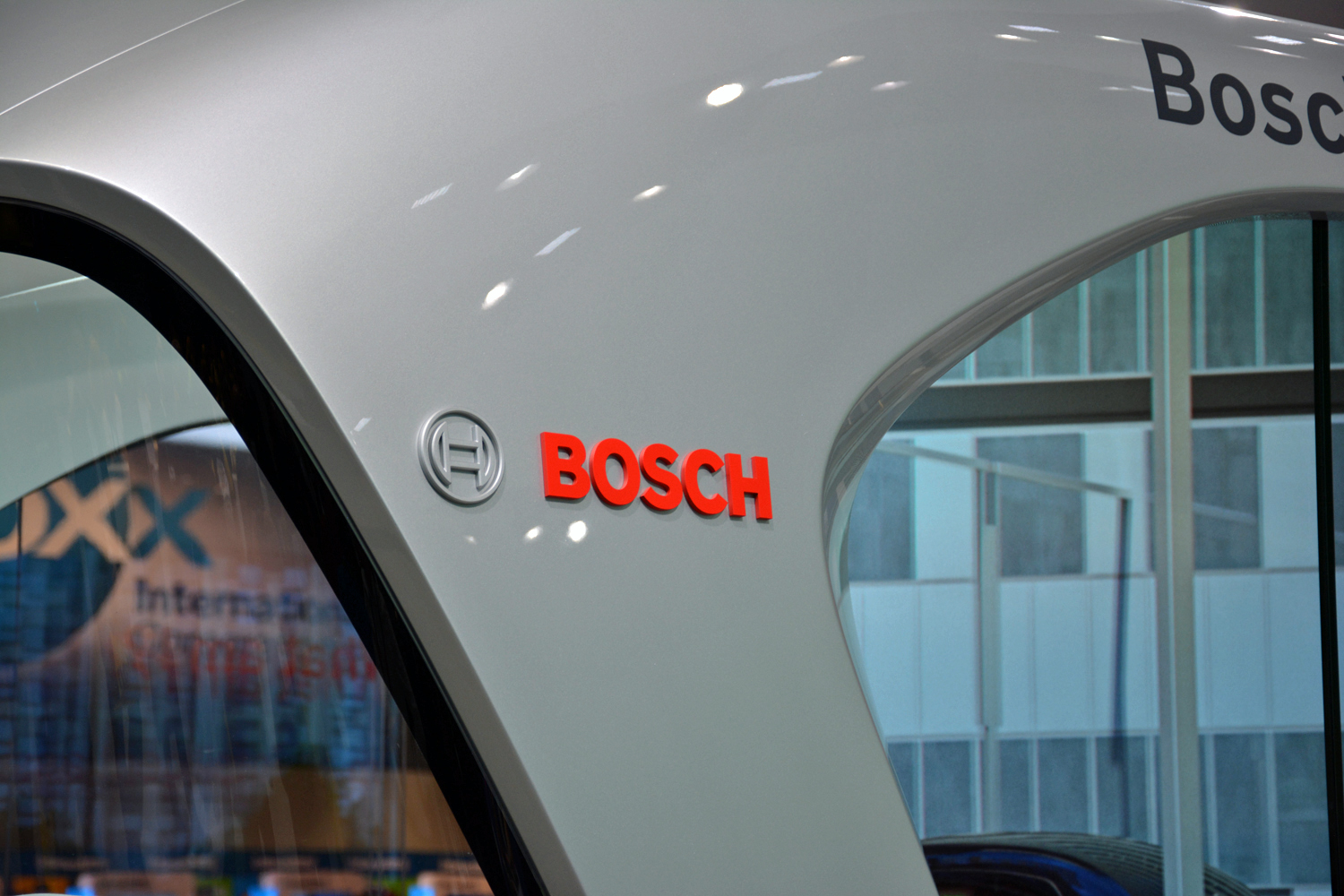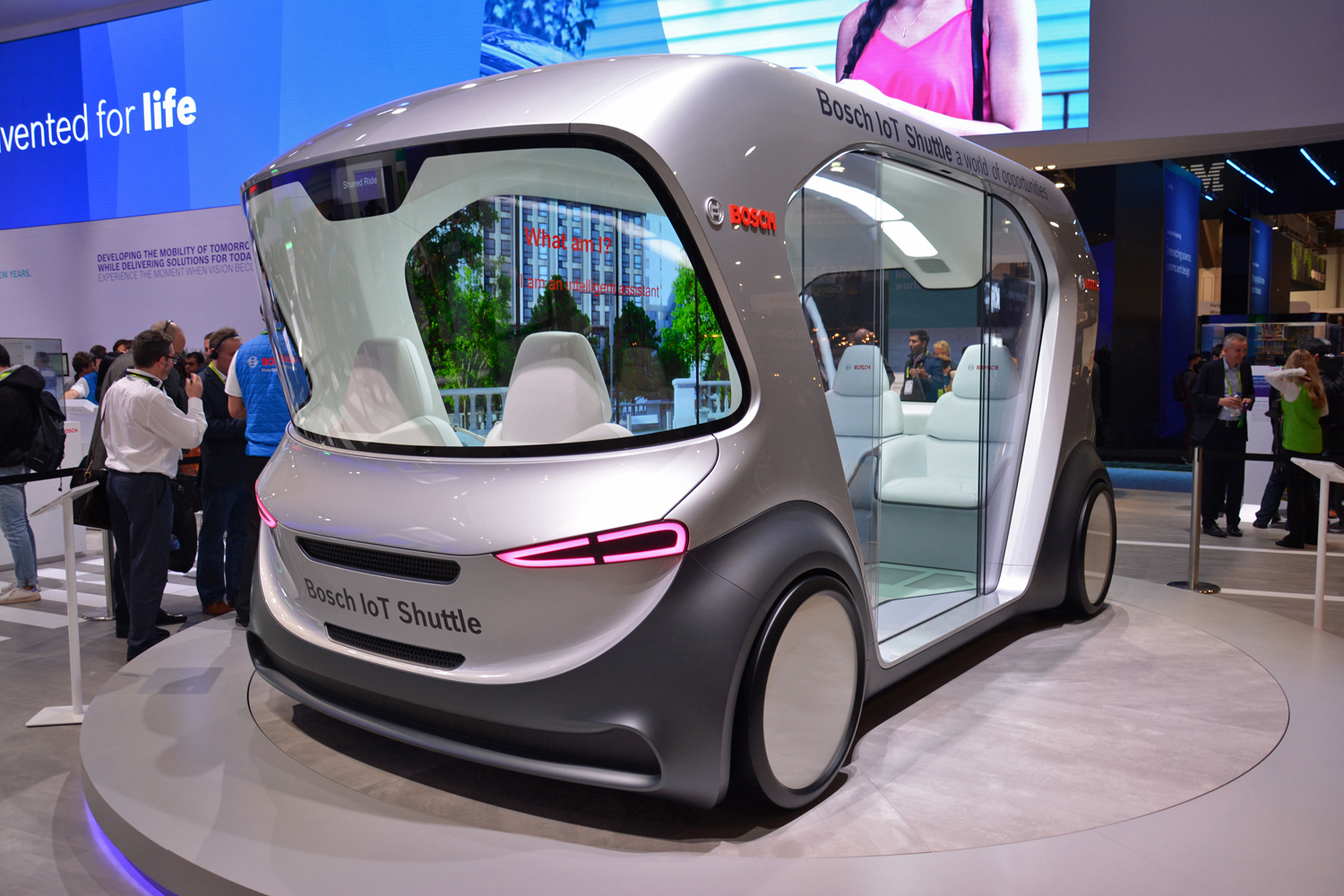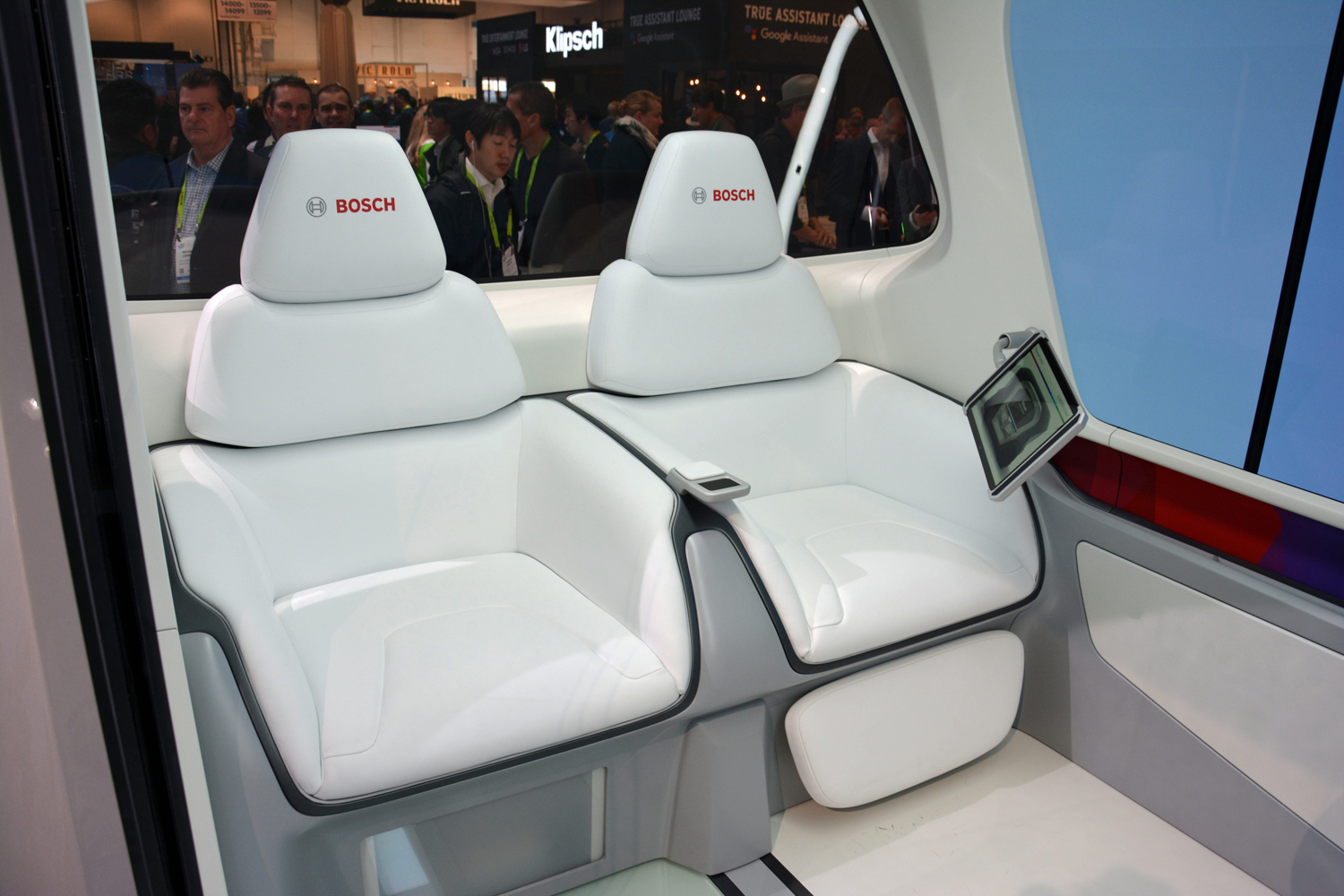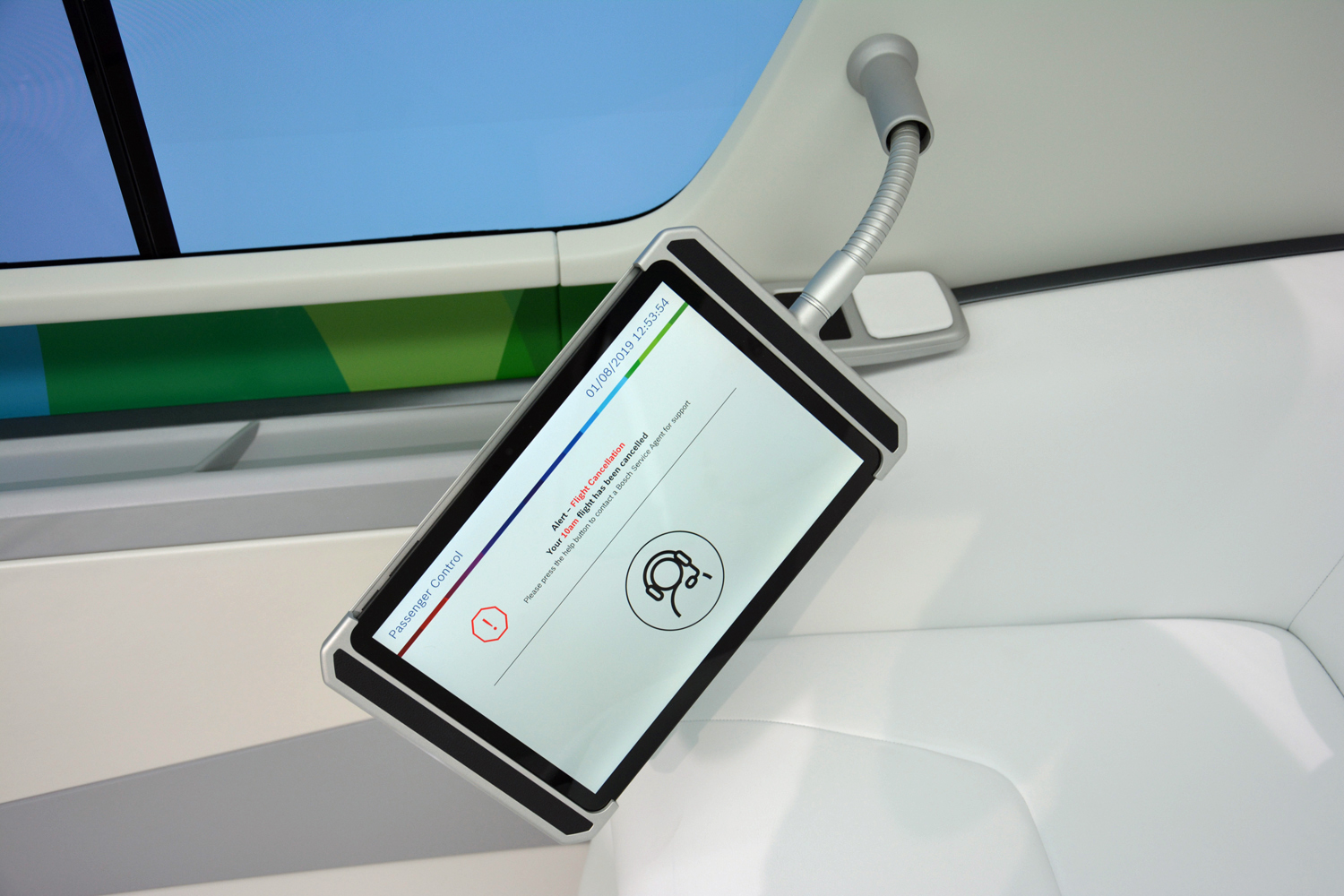CES wouldn’t be complete without a diverse catalog of autonomous shuttles presented as the next breakthrough in public and private transportation. We found at least a dozen of them in the Las Vegas Convention Center.
More CES 2019 coverage
- Our CES 2019 Hub: The latest news, hands-on reviews, and more.
- Baby, you can’t drive my cube: All the insane self-driving lounges at CES 2019
- Bell shows off a new flying taxi prototype at CES 2019
- Did you see that?! Tour the blockbuster booths of CES 2019
- Thousands of products show up at CES 2019. Here are the best of the best
Most are design studies that haven’t made the leap from the concept stage to the production stage yet, but the companies developing them are working around the clock to turn them into a reality. Realistically, shuttles stand a good chance of becoming the first widespread, real-world application of level-five autonomous technology. They’ll need human help to navigate — and, according to the more bullish analysts, dominate — the world’s megacities, however.
“This is why we brought the shuttle concept to CES, to give people an idea of what could be happening,” Mike Mansuetti, the president of Bosch’s North American division, told Digital Trends during CES 2019. The German firm won’t make its own shuttle, but it wants to provide hardware and software to companies that do. Its expertise could benefit traditional automakers, like Volvo, and it could also help tech companies such as Uber and Lyft get a shuttle service off the ground.
Skeptical observers point out that, at its core, a shuttle moves passengers from point A to point B, so why bother? It’s the on-demand and connected aspects that set them apart from public buses and trains; imagine being able to hail a bus with your smartphone, and decide whether you want to share it with other passengers or ride alone. And, if you choose to ride alone, you can decide whether you want to sleep, party, work, watch a movie, or all four during various stages of the trip. Try doing that on a bus or a train. Recent studies suggest this type of vehicle — which might become a stand-alone segment — could have far-reaching implications on a variety of sectors including tourism, retail, and, of course, mobility.
Most companies plan on rolling out fully autonomous shuttles, and many won’t come with a steering wheel at all, but humans will continue to monitor the overall experience in the foreseeable future to make sure everything goes as planned. For example, trained operators keep an eye on the Nuro R1 autonomous pods that deliver groceries in Scottsdale, Arizona, as part of a pilot program. They’re not physically present in the car, but they can take over control of the vehicle remotely if needed. Mansuetti echoed the need for human involvement; he added it could also help consumers accept the technology and feel comfortable using it.
“We need to help the everyday consumer understand really what these are,” he pointed out, comparing the deployment of autonomous shuttles to the rise of the automatic elevator. Early on, the technology made elevator operators unnecessary but many kept their jobs for years. “Nobody needed the elevator operator, but they were there to create a calming factor. ‘I got to the right floor, I know where I’m going, and if there’s anything that happens I know you’re here for me.’ We’ll see that coming. We might not call them drivers, we might call them concierges,” he predicted.
